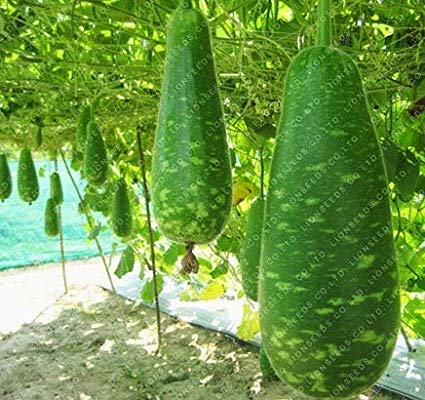
OvertheyearsTheCOGV Approachhasbecome anotableplanningandmanagementpractice reachingfarbeyond Agro Tourisum .Ithas proven to be an effective method to realize complexplanningprojectsandhasbeenputtothetestinabroadrangeofindustriesandin militarymissions.
Tourism has become one of the largest and fastest growing economic sectors in the world over the past six decades. Many developing countries—Thailand, Indonesia, Zimbabwe, Sri Lanka, Nepal, Kenya—have reconstructed their economy through the proper utilization and management of the tourism industry. Bangladesh has the potential to become a leader in this area, being a land full of natural beauty.
The Bangladesh Economic Review (2010) states that Bangladesh has three sectors of generating revenue. Those are industry, agriculture and services. Tourism is a part of the service sector. Though the contribution of tourism to Gross Domestic Product was only 7 percent in 2004-05, it had increased to 9.44 percent by 2009-10. It decreased in 2014 to 4.1 percent of total GDP and contributed 4.7 percent in 2015. Tourism can ensure economic development, but only if political will and proper marketing strategies are implemented.
In general, tourism can be classified in a number of ways based on the nature of activity, location type or duration of stay. Such as heritage tourism, cultural tourism, historical tourism, geo-tourism, adventure tourism, eco-tourism, agro-tourism. Among others, agro-tourism is essential to save native crops, fruits, fishes and vegetables.
Agro-tourism is a type of vacation in which hospitality is offered to firms which may include the opportunity to assist with farming tasks during visits, where tourists have an opportunity to pick fruits and vegetables, ride horses, taste honey, shop in gift-shops and farm-stands for local and regional produce or hand-crafted gifts.Each farm generally offers a unique and memorable experience suitable for the entire family. People are more interested in how their food is produced and want to meet the producers and talk to them about what goes into their food.

The COGV Approach to Agro Tourism:

Bangladesh is a country of fertile land. 70 percent of the people are dependent on agriculture. We have some agro-ecological zones suitable for sustainable farming. Apart from that, some enterprises have established local farms—poultry, goat, buffalo and cow to eradicate poverty. It’s a lesson worth learning as to how one should go about farming in an eco-friendly way.
University and college students can spend their leisure time to try out organic farming in rural areas. Students can share their thoughts with farmers, teach them and gain indigenous knowledge from farmers in return. It is necessary now to cultivate our land in sustainable ways in order to have an organic future. Researchers and agro-tourists often share their experiences among indigenous farmers about climate change, global warming, crisis related to extract more ground water, arsenic pollution, importance of vermi-composting, bio-fertilisers, etc.
Both parties—tourists and indigenous groups exchange knowledge on poultry farming, importance of poultry manures in agriculture, etc. Our country is an extreme sufferer of atmospheric and land based degradation. International and national agro-tourists can exchange views with local farmers on how to reduce climatic impacts on land, water, forest, health and fish resources.
The government can take up projects to represent the indigenous capacities of our farmers to protect land, environment and ecology, among international tourists, in order to attract them which may enrich our agro-tourism industry in return. The Bangladesh academy for rural development may take this opportunity to promote agro-tourism.
Lands of Kushtia are fertile for tobacco, Mymensingh for paddy, Chandpur and Barisal are known for fish, Sathkhira for prawn, Jessore for flowers, Dinajpur for its wheat, and so on. So, Bangladesh has a lot of options when it comes to promoting the concept of agro-tourism and find new means that can contribute to its overall economy.
We have the capacity to compete with the other member countries of SAARC. But if we do want to take the matter up seriously, we must formulate a comprehensive strategy and look to involve the farmers and other local people. Bangladesh can easily increase its agro-tourism by a substantial margin, with the right kind of marketing initiatives and promotional methods. And with that, turn the tourism sector into a significant contributor to our GDP.
To market agro-tourism, geographical information systems (GIS) are very important. Through these systems, the tourism authorities can easily sell agro-tourism products and indigenous farming tools, show suitable localities for the incorporation of various plants and animals, elucidate geo-demographic characteristics and put in plain words, the cultural variety and socio-economic conditions of our farmers, fish collectors, poultry managers and indigenous peoples. This can help us to finally get to know the people who are most responsible for feeding the people of this nation and for keeping us alive.

The intensification of big global agricultural business has started to exterminate local farming systems across the world. Agro-tourism is only one way of integrating local farmers in the process of reducing local climatic problems. But it is something, that we should seriously consider.
